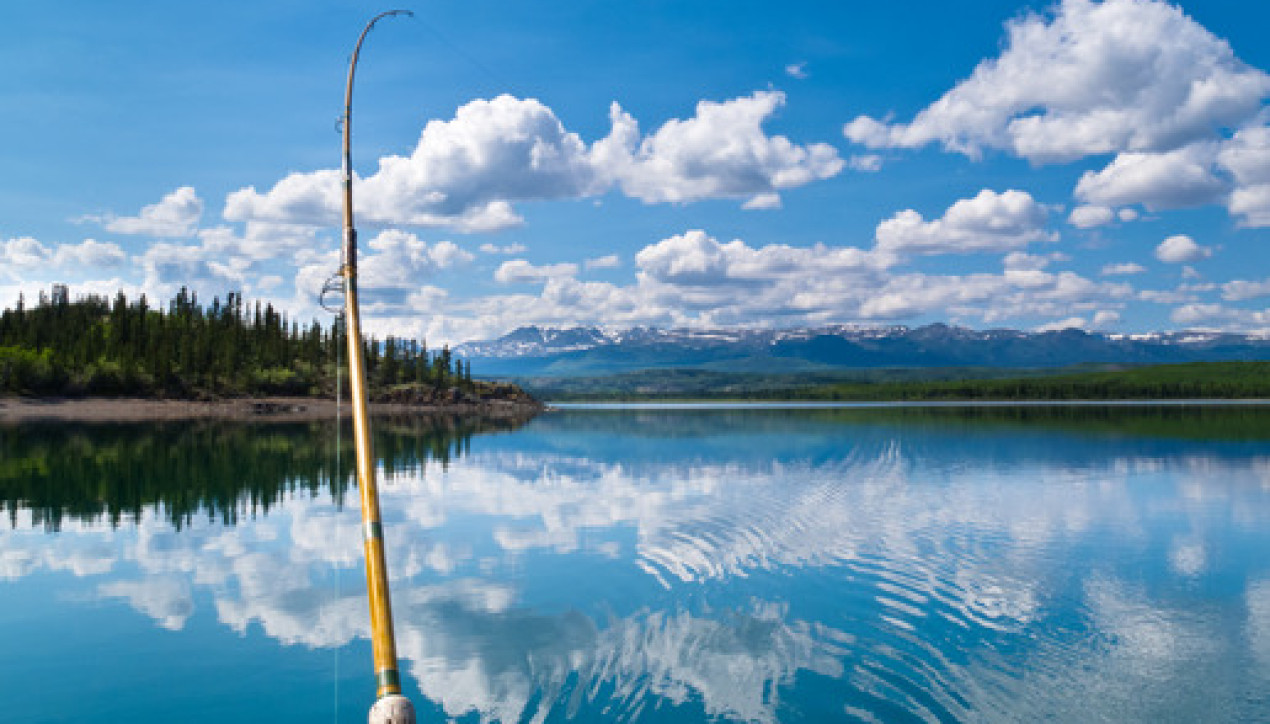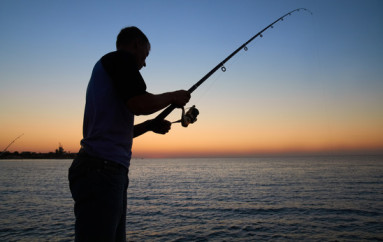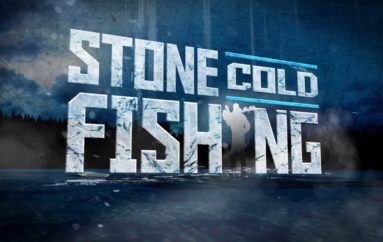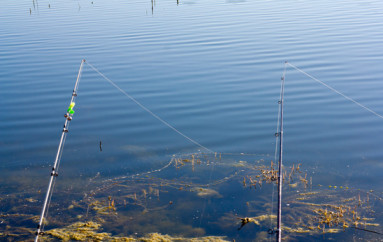
Growing Big Pike, Big Thrills
Originally Published on Jun 28, 2011 “From the Docks” NBC Sports
Last night something large and heavy swallowed a jig I’d toss to the outside edge of a deep weedline. At the hook set, the fish didn’t budge much, then it shook its head ponderously a few times before powering off slowly.
My first thought was “big walleye,” but when I finally worked the fish to the surface a few minutes later a quick glimpse showed it was a big pike running 7 or 8 pounds.
The fish was far from a giant, but in the pressured water I fish most often it was uncommonly large. Many lakes these days seem infested with tiny pike, those running 16 to 22 inches, which provide none of the thrills of true giants.In an effort to increase big pike numbers some states are testing various length limits to see if they improve number of larger pike. On test lakes in Minnesota with length limits of 22, 23 or 24 inches, pike measuring 24 inches or larger increased 18 percent versus just 2 percent on unmanaged lakes.
A 30-inch minimum length limit was tested on three state lakes with low-to-moderate recruitment and the percentage of 24-inch and larger pike increased nearly 40% over the test period.
What’s clear from these studies is that angler harvest of pike has a significant impact on the number of large pike available. Further, without reducing harvest of larger pike we strip waters of a top-line predator that does a great job keeping other species under control (like stunted panfish). If you like eating pike (and who doesn’t!) consider keeping more small fish and releasing the bigger ones, say those running better than 6 or 7 pounds. Who knows, you may run into that same fish three or four years down the road when it’s double the size! Steve




